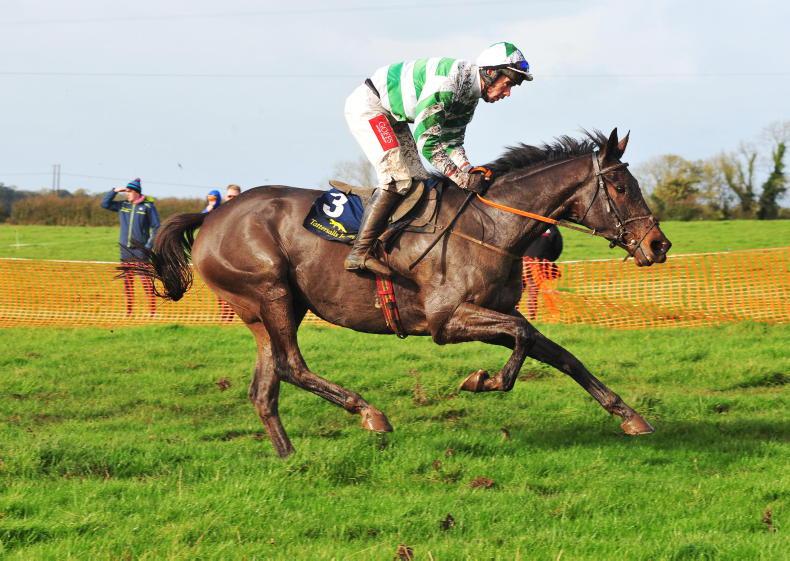ASIDE from the equine performances, there were plenty of issues to ruminate on after the buzz of the Cheltenham Festival had receded, and here are my thoughts on some of the talking points.
(Not) Whipping up a storm
There was a lot of concern pre-Cheltenham that new rules brought in by the BHA would see the whip and its use overshadowing the racing, but that fear proved almost entirely unfounded.
Of the 444 rides at the four-day jamboree, only six were referred to High Holborn for adjudication and, of that sextet, only one came on a winning mount, that being Harry Cobden’s ride on Stay Away Fay in the Albert Bartlett.
The implementation of the new rules was poorly timed given some jockeys have clearly struggled to adjust, and Harry Cobden has now fallen foul of the stricter policing of the ‘above head height’ aspect on two occasions, but the results at Cheltenham show that riders can adapt given the opportunity to make changes and the fear of negative headlines went largely unrealised.
A tough job done well by Jon Pullin
Simon Claisse was always going to be a hard act to follow at Cheltenham, and the debacle over watering before heavy rain on the Wednesday of last year’s Festival meant that Jon Pullin didn’t get off to a great start in his role as clerk of the course.
Given that, and a combination of poor grass growth and a wildly fluctuating weather forecast in the fortnight before the meeting, Pullin and his team did a remarkably good job in ensuring conditions were as safe and as fair as possible.


In contrast to 12 months ago, when many toys left prams, I didn’t hear a murmur of disapproval about the state of the ground, and that is remarkable in itself.
I did hear some suggestions that the fences were softer than in the past, largely a reaction to the fact that Dinoblue made two dreadful errors in the home straight of the Grand Annual and managed to stay on her feet.
It’s probably true that the fences here are not quite as fearsome as they were a couple of decades ago, but they do their job.
Horses who don’t jump well at Cheltenham don’t win and the fences are taxing enough to ensure that’s the case.
It’s not necessary to skittle them over like ninepins to hammer that point home, and anyone complaining that there weren’t enough fallers needs to take a long, hard look at themselves.
Irish domination gathers pace
The Prestbury Cup is an abomination, and the phoney war between Ireland and Britain for dominance engages few with a genuine interest in the racing, but nonetheless maintaining the health of the sport in Britain is vitally important, and that tends to get measured by how competitive the locally trained runners are at Cheltenham in March.

Closer look
On that basis, 10 wins for Britain appears to suggest that things are fairly stable, with the same result gained in 2022 and 2020, but a closer look shows that in some areas there is a considerable gulf between the two powers, most worryingly with the novices, which suggests a growing dominance rather than an equilibrium of sorts.
Irish stables had the first eight in the Supreme, the first 10 in the Triumph Hurdle, the first four in the Ballymore, and four of the first five in the Albert Bartlett.
They also supplied the first seven home in the Fred Winter for juveniles and 10 of the first 11 in the bumper. These are the races that future champions will be emerging from, so it has to be a worry that British stables are unable to make much of an impact.
On the flipside, British stables (Paddy Neville is Yorkshire through and through now, isn’t he?) took two of the three Grade 1 events for novice chasers and it could be argued that the better horses there are being nurtured for the long term.
That argument would hold more water if they were also winning the Championship races, but Irish wins in four of the five open Grade 1 events also puts a hole in that argument, and Constitution Hill can only run in one race next March.


 This is a subscriber-only article
This is a subscriber-only article
 It looks like you're browsing in private mode
It looks like you're browsing in private mode










SHARING OPTIONS: